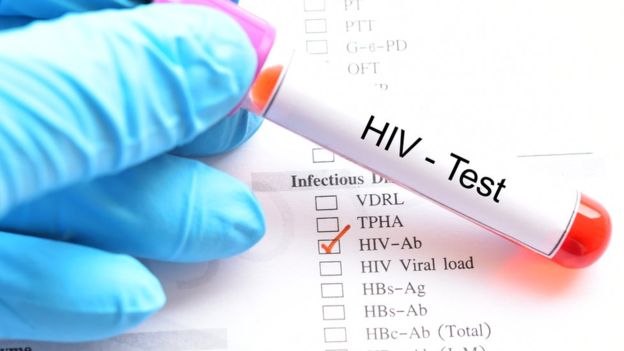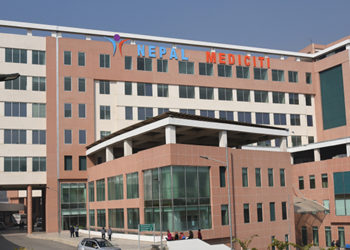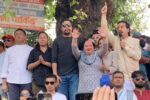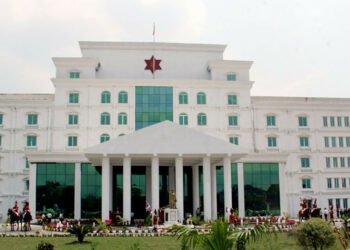KATHMANDU: Around 29,944 people have been infected by HIV/AIDs in Nepal, an official estimate showed.
According to the National Centre for AIDS and STD Control (NCAS), among the HIV infected 17,732 are men and 12, 212 are female.
The HIV prevalence among the adult population (15-49 years) is 0.14 percent. Around 73 percent of HIV/AIDs infection is due to unsafe sexual intercourse in Nepal. As per NCAS, HIV has been taken as a concentrated epidemic in Nepal.
According to NCAS due to the high HIV prevalence among certain groups such as people who inject drugs, female sex workers and MSM and TG (HIV prevalence among one of these groups is more than 5 percent due to which Nepal’s HIV epidemic is categorized as a concentrated epidemic).
During the interval of 2010 to 2018, the HIV infection has decreased by 16 percent and infection on children has been declined by 41 percent.
As per the data of July 2019, among the HIV infected 60 percent, i.e. 17,987, is currently receiving treatment. To achieve the target of ending the AIDS epidemic by 2030, various programs are being carried out.
According to NCAS, National HIV Strategic Plan (2016-2021) is the current guiding document for Nepal’s HIV response which has direct alignment with Sustainable Development Goals (SDGs).
According to the World Health Organisation (WHO) of the estimated 37.9 million people living with HIV at the end of 2018, 79 percent were diagnosed, 62 percent received treatment, and 53 percent had achieved suppression of the HIV virus with low risk of infecting others.
One of the key contributors to this success in all countries has been the thousands of members of HIV and “key population” community networks and community health workers, many of whom are living with or affected by HIV, according to WHO.
The theme of this year’s World AIDS Day is “Communities make the difference”. World AIDS Day falls on December 1 every year. The day is an important opportunity to recognize the essential role that communities have played and continue to play in the AIDS response at the international, national and local levels.
Meanwhile, in Syangja, HIV/aids infected people are experiencing domestic violence in the district. HIV infected Jagat Bahadur Khadka, 40, of South Jagatbhanjyang said, “I have become a victim of domestic violence because of HIV infection.”
“I am not very concerned about my HIV infection but I feel sad when I am discriminated because of my infection,” said Khadka.
Khadka was infected by HIV ten years back when he was a migrant worker in India. He felt very sad when his own father didn’t put auspicious Tika on his forehead during the great festival of Dashain.
He is also not allowed to worship at the ancestors, Kul Pooja, which is celebrated at the interval of three years.
Khadka said that he engaged in HIV working organization in order to get rid of the discrimination.
Not only Khadka but other HIV infected people have also complained about discrimination. The infected people blamed the government for such discrimination. The government should control domestic violence and misbehavior to the HIV infected, said victims.
The HIV infected was found in 2009 for the first time in Syangja. Now, the HIV infected people have reached to 318 in the district.
According to the District Health focal person Bishnu Subedi, 272 HIV/ AIDS infected are taking Antiretroviral therapy (ART), which helps to strengthen the immune system of HIV infected. Among the people taking ART 111 are male, 150 are female and 11 are children.
The HIV infection is decreasing worldwide but in the current fiscal year, it has increased by 16 in the district, which is disappointing, said the chairman of Jivan Batika Nepal, Nabin Aryal. The data of HIV infected is not actual as infected people do not test their blood, said Aryal.
Likewise in Damak, the HIV infected people are contacting the local governments in Damak, Jhapa.
Badri Baral, health section of the Damak Municipality said that 110 HIV infected are in contact with the municipality. According to Baral among the HIV infected five are children.
“We are examining regularly and encouraging the HIV infected group to use the medication,” said Baral.
The HIV infected people in Jhapa have been taking free ART medicines provided by the government.









Comment